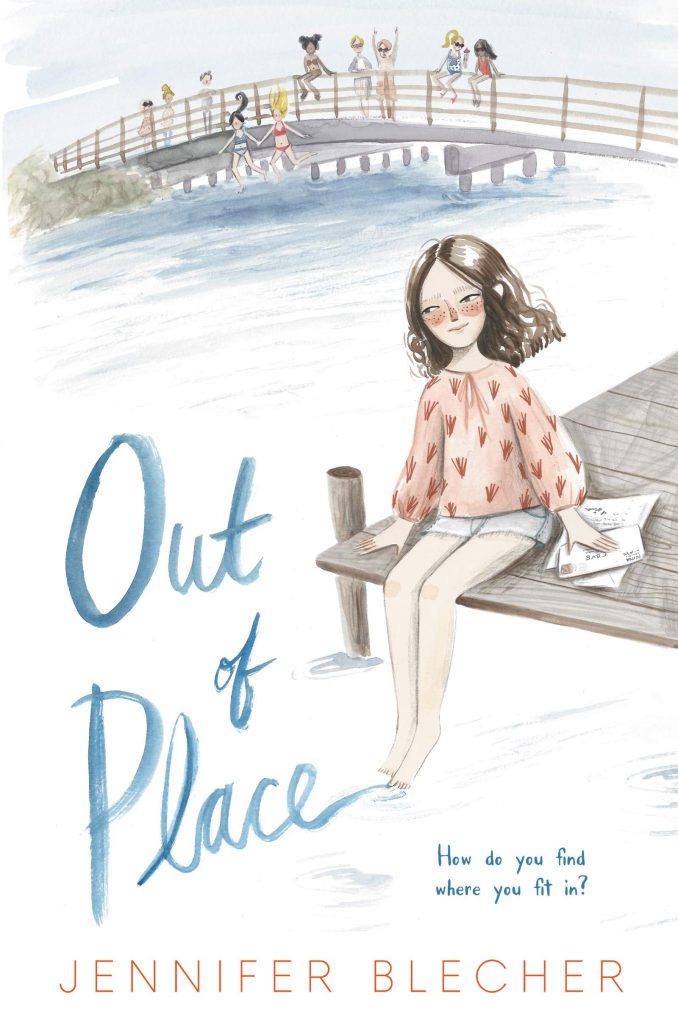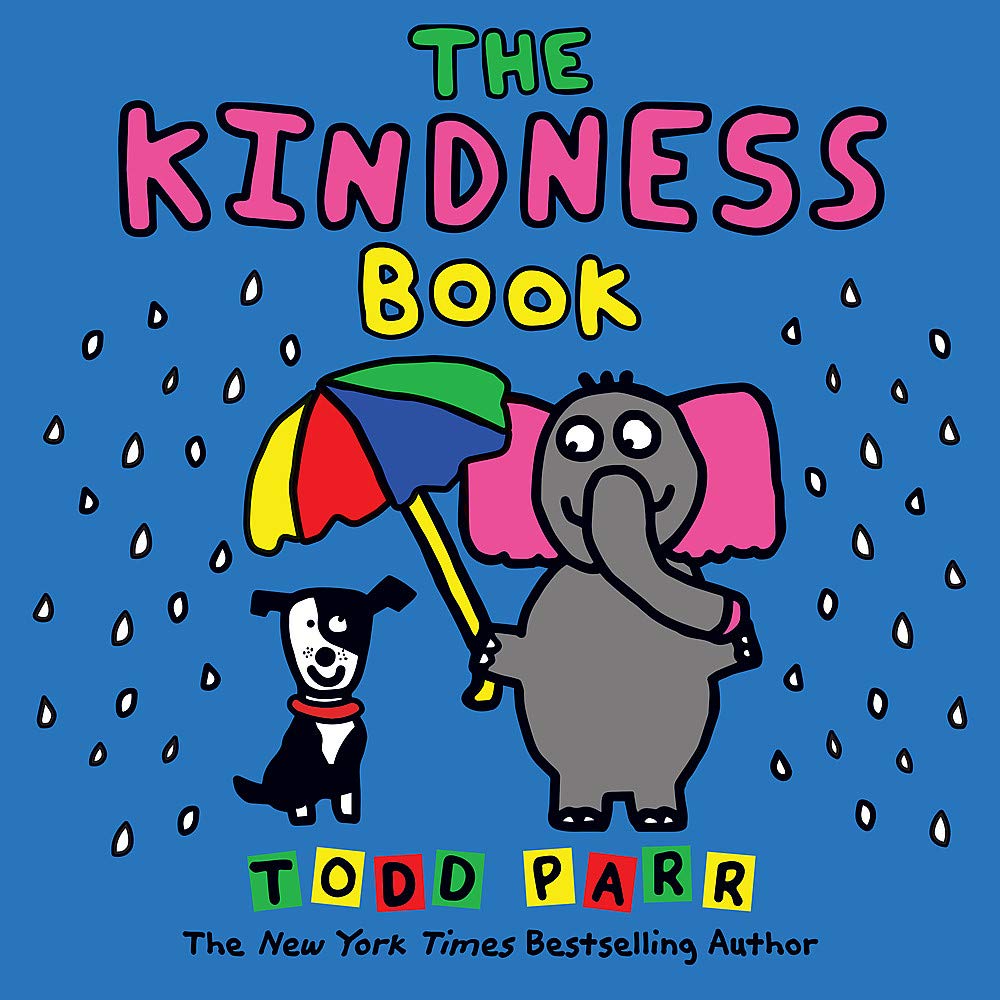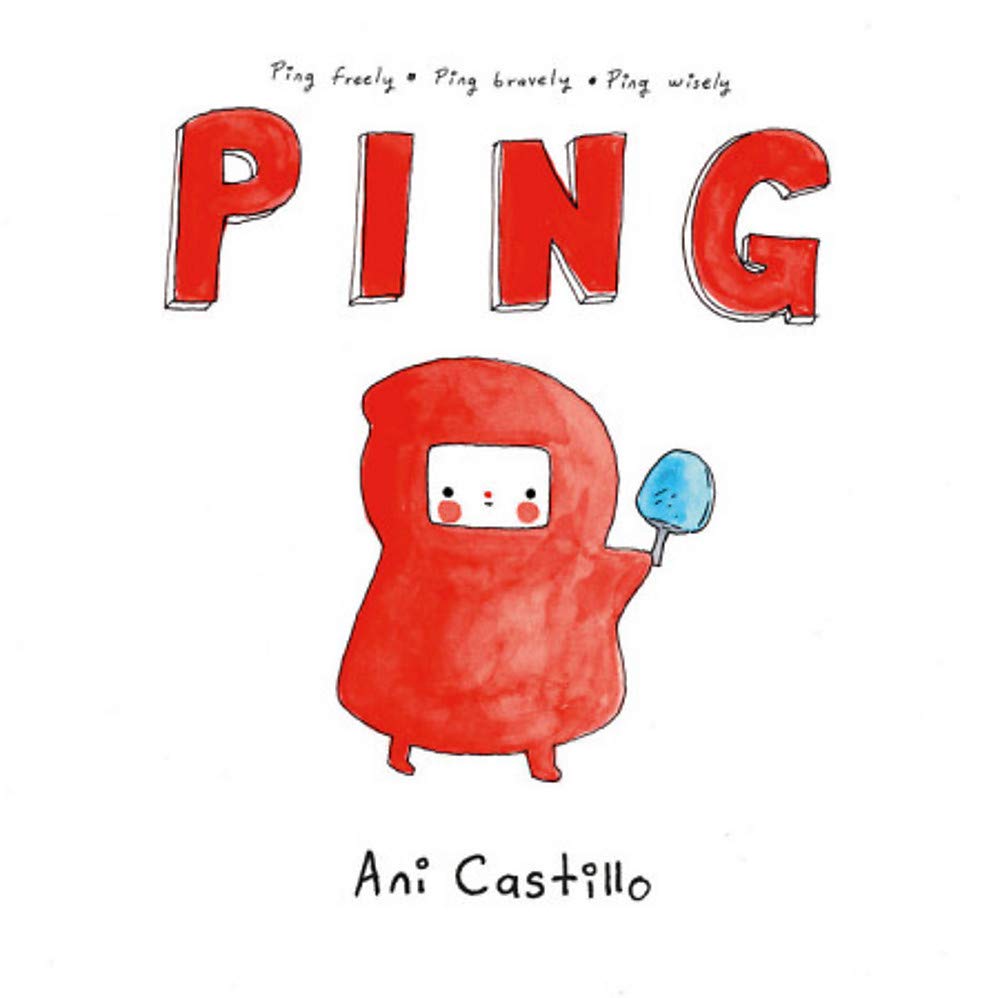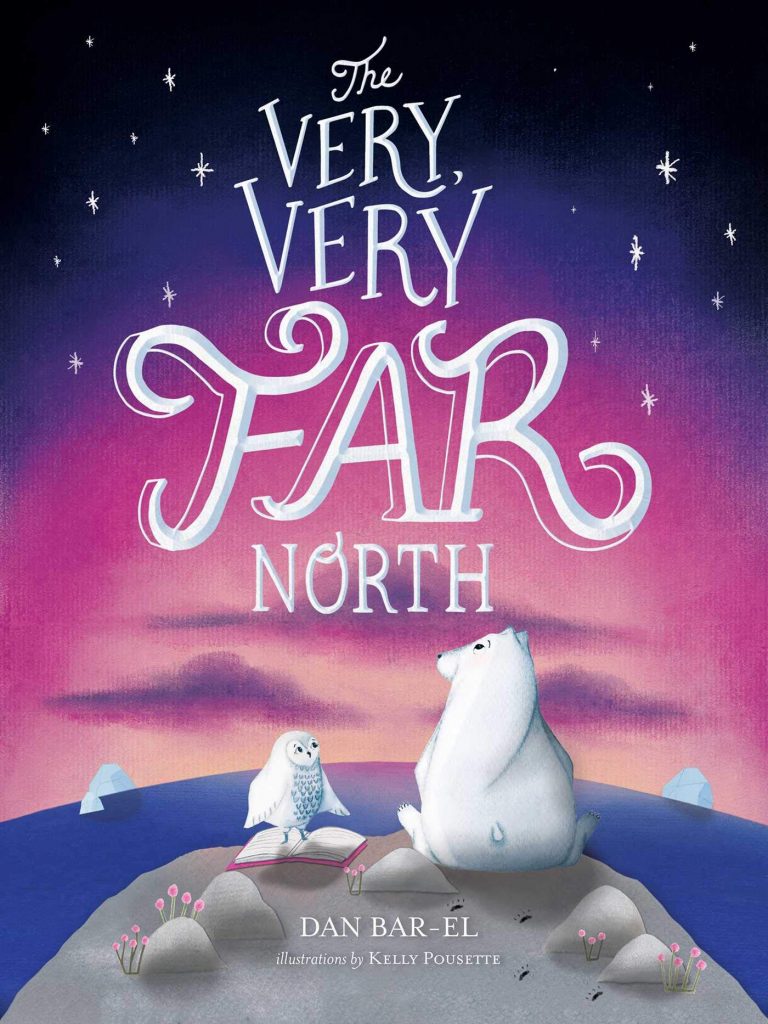The Premise
This year I had planned to carry out a
“One book, one school” unit at my K-5 English language Elementary school where I am the Teacher Librarian. The idea is that every class in the school reads the same story at the same time and then creates activities, events and artworks to share with the entire school. This would in turn encourage connections in our school community and love of literacy. I also hoped to connect it to a specific time of year where there is other days to recognize such as Anti-bullying day where we could do kindness challenges.
Making It Better
Before taking this course, the plan was to use Wonder by R.J. Palacio because there are two different forms of the original story; the novel I thought could be for the intermediate classes and the picture book, We are all Wonders, for the primary students. In addition, I know there are more texts that have spawned from Wonder and R.J. Palacio so it is my hope that it will encourage students to read more after completing the original stories.
Upon completing the readings from Module 4: Learning from Multi-Modal Texts: a look at new literacies, I was inspired to look for even more variety in text options that connect to not only Wonder specifically but kindness, empathy and self-love in general. As well, through my research, I realized that World Kindness Day is November 13 this year so that would be a good connection and we could do this earlier in the year so we can practice kindness for longer!
In the article “Reading multimodal texts in the 21st century” (Serafini 2012) it explains the importance of providing multimodal texts to all students because
“The amount of time students will spend looking at visual and multimodal texts in the new millennium will require a rethinking of current pedagogical approaches” (27). I believe that teaching visual literacy is vital for individuals to decode digital content effectively so I like how the article defines “four resources or social practices proposed are reader-viewer as: (a) navigator, (b) interpreter, (c) designer, and (d) interrogator” (27). For some reason I had never thought about a postmodern picture book as a multimodal text but of course it is because “…features of postmodern picturebooks require the reader to navigate and interpret these texts in new ways, drawing upon their understandings of traditional print-based texts and their knowledge of visual images and design elements” (29). I find that students are good at reading pictures in early grades but then start to almost ignore the pictures as they get older and need to be reminded that the pictures are an important part of the story. So, I appreciate that the article also points out that “Being able to discuss aspects of visual images, for example, modality, framing, salience, information zones, composition, and linear perspective, is as important as being able to draw inferences from written text (Kress & van Leeuwen, 1996)” (30). After reading this article, I felt like I needed to find more postmodern pictures books to add to this unit I have in mind.
Multimodal Selections:
Upon completing this module, I rethought my selections to present to the school. In addition to my original selections of Wonder chapter book and We are all Wonders picture book, I have included illustrated chapter books, graphic novels, audiobooks, video clips, graphica, non-fiction, traditional picture books and postmodern picture books. All of these selections either directly connect to Wonder or contain the themes of kindness, friendship, empathy, and self-love.
Novels:
#1
Wonder Stories (companion books to Wonder)

The Julian chapter
R.J. Palacio
Pluto: A Wonder Story
R.J. Palacio
Shingaling: A Wonder Story
R.J. Palacio
Auggie & Me: Three Wonder Stories
R.J. Palacio
365 Days of Wonder
R.J. Palacio
I like this selection because the text is not presented like a traditional novel. So, although it looks like it has many pages, each page presents a precept (inspirational quote) from the teacher character from the original novel.

Out of Place, by Jennifer Blecher
This novel explores themes of friendship and bullying from the perspective of a 12-year-old girl.
Picture books:
We’re All Wonders
R.J. Palacio

The Kindness Book, by Todd Parr
A classic! Portrays to young children different ways everyone can be kind to each other.

Ping, by Ani Castillo
I chose this picture book because I wanted more choices for the primary grades which focuses on kindness and how to make friends. The book is described as “…teach[ing] children how to ping (to give, act, or speak) and to pong (to receive, interpret, and respond)”.
Audiobooks:

R. J. Palacio – The Wonder Collection: Wonder, The Julian Chapter, Pluto, Shingaling
R.J. Palacio
Illustrated novel:

The Very, Very Far North, by Dan Bar-El
An illustrated novel with the theme of friendship for students in grade 4/5.
Graphic novels:
White Bird – R.J. Palacio
Connected to the story of Wonder it is another story which portrays the power of kindness.
El Deafo -By Cece Bell
This story is similar to Wonder in that the main character has a disability that makes her feel different but she turns it into a superpower.
Videos:
I have chosen this video because it shows real individuals with craniofacial conditions like the main character of Auggie Pullman in Wonder. I feel that it would be beneficial for students to know that it is a real condition and real people are affected by it.
This video is another good example of digital storytelling which also portrays the idea of self-acceptance and perseverance.
Graphica
This video is great because the story is represented visually with music to set the tone. It would be a good example for students to follow for digital storytelling and to discuss the kind of music one could add to portray mood in storytelling.
Videobook:
This videobook discusses ideas for kindness challenges. It is good for multi-modal learning as it contains the auditory story and text that students can read at the same time, some of which are not the words being spoken.
Presentations:
This would be another good example of a product that students may want to create after reading the stories.
Non-fiction:
Photographer James Mollison’s book is a collection of photographs of children’s bedrooms from around the world. I have linked to the website which also contains the pictures. These pictures would be a good discussion starter with students to recognize needs and wants. They can see how some children in parts of the world do not have much and some have way too much. This encourages empathy and understanding of “equality”.
Multimodal Products to be shared:
The culminating projects to be shared after reading will be determined by the classroom teacher’s interest and the grade level. For a couple of years now I have wanted to have students create book trailers but I also like the idea of digital storytelling presented in the article “
Supporting middle years students in creating multimodal texts with iPad apps”(
Barton & Trimble-Roles 2016). I agree with the sentiment “the range of modes and combinations of these that middle years students engage with may not equate with those provided or expected at school. Equally so, students may not be as adept at using technology as we think”(i) and believe it is the job of the Teacher Librarian to give technology tools and instruction for responsible and productive use. Also, I really like the Seven Elements of Digital stories (iii) guidelines given in the article; I feel like they will be useful in creating engaging final products. The students will enjoy creating and sharing these digital stories and younger students will enjoy seeing them as well. Another option could be to create a product inspired by the style of students’ favourite books to make their own
Wonder or kindness story as per the case in the article “
Becoming Multimodal: Literacy In and Beyond the Classroom” (Lenters 2018). I really connected to this article as my daughter began making a creating that connected to a series of books that she enjoys after I read the article. After posting to our class discussion, from the responses, I reflected that this kind of product could be a suggestion to students if they come up with an idea of different ways to express their representations of the readings. I feel like this would be an effective project because “…
uses of multimodality in the classroom allow educators to provide students with a rich communicative repertoire for working with story and information”. This would allow students that may not want to create a digital artifact the opportunity to create in a way they want to express themselves.
Conclusion:
Originally, I was excited to bring the school together through sharing a similar book in all classrooms and hopefully inspire some related reading. Now, with the variety of texts that will give options for learning styles, interests and options for product to be created and shared in connection, I feel it will be so effective in fostering a literacy program and building a community of kindness in my school.
Works cited:
Amazon.ca. Where Children Sleep Cover. 2020, https://www.amazon.ca/gp/product/1905712162?pf_rd_r=H7PMH1E090HBT479QQKN&pf_rd_p=05326fd5-c43e-4948-99b1-a65b129fdd73. Accessed 3 Oct 2020.
Asselin, Sienna. “10 Books That Teach Children Kindness And Empathy”. Savvymom, 2020, https://www.savvymom.ca/article/books-that-teach-children-kindness-and-empathy/. Accessed 27 Sept 2020.
“Read To Them”. Read To Them, 2020, https://readtothem.org/programs/one-school-one-book/.
thriftbooks. Series/Wonder-Companion. 2020, https://www.thriftbooks.com/series/wonder-companion/73995/. Accessed 27 Sept 2020.
“Where Children Sleep — JAMES MOLLISON”. JAMES MOLLISON, 2020, https://www.jamesmollison.com/where-children-sleep.
You tube. Hair Love. 2020, https://youtu.be/kNw8V_Fkw28. Accessed 27 Sept 2020.
You tube. I am Auggie Pullman. 2020, https://youtu.be/N7SdUbSADP0. Accessed 27 Sept 2020.
You tube. Alber, Diane. Kindness Snippet Jar. 2019, https://youtu.be/goIozhmPL3Q. Accessed 27 Sept 2020.
You tube. Wonder abstract storytelling. 2020, https://youtu.be/RQ69NFKsyns. Accessed 27 Sept 2020.














